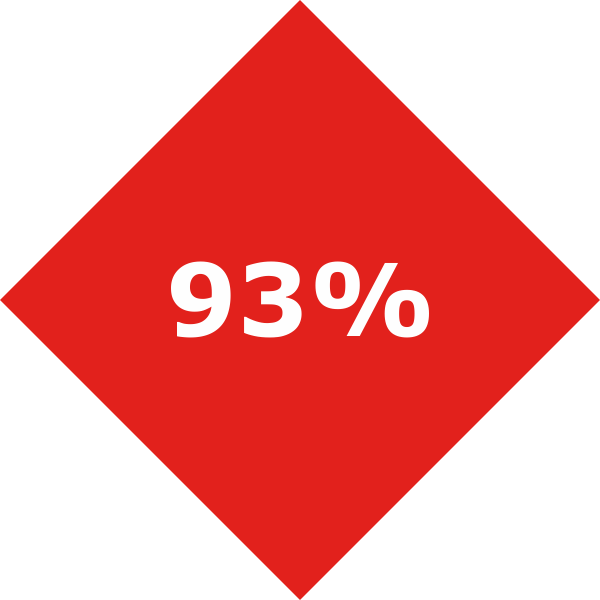Hospital acquired infections pose a serious risk to the safety of patients and staff. Managing hospital acquired infections add significantly to healthcare cost; however, a significant proportion of hospital acquired infections can be avoided through effective infection control.
Unless hospital acquired infections are contained, spread throughout a hospital and into the community can be aggressive – as occurred in 2001 when the organism Methicillin-resistant Staphylococcus aureus (MRSA) spread from public hospitals to aged care facilities in the North Island.
Confidence in the safety of our hospitals is severely compromised when hospital acquired infections receive media attention.

Pathogens can survive on hospital surfaces for days or weeks, making curtains important vehicles for the transmission of pathogens.
Ohl, Michael; Schweizer, Marin; Graham, Maggie; Heilmann, Kristopher; Boyken, Linda; Diejema, Daniel “Hospital privacy curtains are frequently and rapidly contaminated with potentially pathogenic bacteria” American Journal of Infection Control (2012)
93% of tested laundered (fabric) contained bacteria that could result in healthcare-associated infections…
…Traditional hospital laundering practices are not sufficient to remove all viable bacteria.
Karen McIntyre “Hospital Laundering Practices linked to HAI’s” www.nonwovenindustry.com (May 2013)


92% of traditional curtains become re-contaminated within 1 week.
Ohl, Michael; Schweizer, Marin; Graham, Maggie; Heilmann, Kristopher; Boyken, Linda; Diejema, Daniel “Hospital privacy curtains are frequently and rapidly contaminated with potentially pathogenic bacteria” American Journal of Infection Control (2012)
C.difficile spores & MRSA can survive on surfaces in excess of 5 months.
Kramer, Axel; Schwebke, Ingeborg and Kampf, Günter “How long do nosocomial pathogens persist on inanimate surfaces? A systematic review” BMC Infectious Diseases (2006), 6:130


Contamination occurs rapidly after curtains are placed in the hospital environment.
Ohl, Michael; Schweizer, Marin; Graham, Maggie; Heilmann, Kristopher; Boyken, Linda; Diejema, Daniel “Hospital privacy curtains are frequently and rapidly contaminated with potentially pathogenic bacteria” American Journal of Infection Control (2012)
Endurocide Antimicrobial & Sporicidal Curtains® significantly reduce the risk of hospital acquired infections (HAIs) being transferred via curtains by care workers, patients and visitors.
Management of Hospital Acquired Infection – Auditor-General Report 2003
“Infection control is an essential element of good clinical practice and is vital for patient safety. The purpose of our performance audit was to describe and assess systems for managing hospital-acquired infection in public hospitals.”
Click here to read Auditor-Geneal report: “Management of Hospital Acquired Infection” – 2003.
